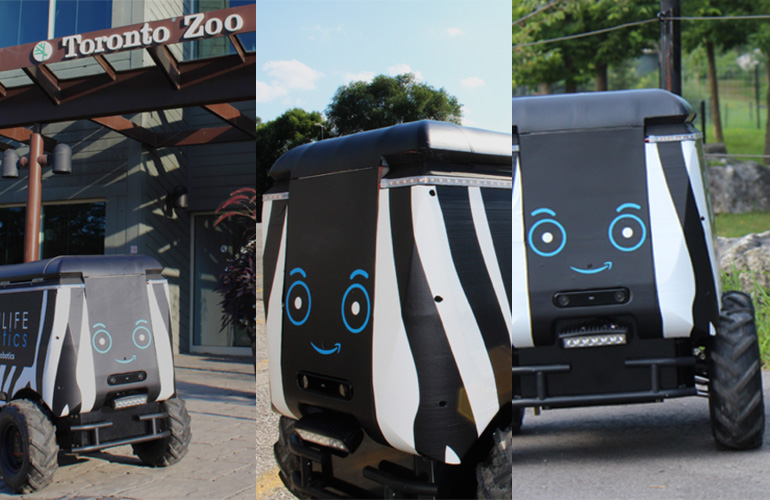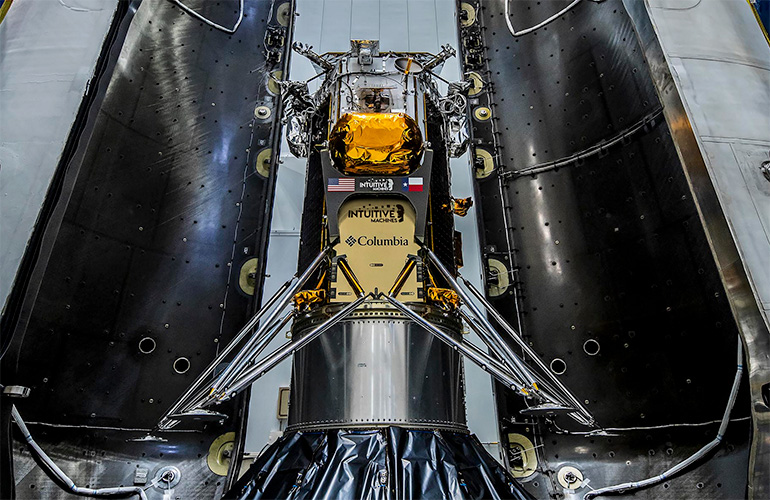Researchers at AMOLF in the Netherlands have devised an innovative external measurement system that enables soft robotic grippers to sense objects, pressure, and textures without requiring integrated sensors. The technique monitors air pressures to let the gripper digits indirectly assess properties like fruit ripeness useful for automated harvesting.
Soft robot hands grab items through inflatable, balloon-like fingers. By tracking how much added force is needed to continue inflating the digits during grasping, the new approach extracts tactile information reflecting finger-environment interactions.
"We effectively use one balloon - our measurement system - to blow up another balloon - the gripper - while gripping something," explained Shibo Zou, first author of the Nature Communications study. "This tells us about the gripped object's surface so the gripper knows what to do next."
The team demonstrated the concept across applications:
- Tomato harvesting robot fingers gauged ripeness and sorted produce accordingly
- Medical gripper for endoscopy measured tissue stiffness to minimize damage
- Other grippers determined objects' dimensions, shapes, weights and roughness
"The strength is it can easily be applied to various soft robots without adjustments," noted senior author Bas Overvelde. "Now sensors are no longer required in the fingers."
Integrating sensors directly into earlier generations of soft, morphing robotic digits has proven difficult since the pliant materials complicate component integration. But the plug-and-play pressure tracking approach provides flexible tactile feedback without onboard electronics.
This allows appending environmental sensing capabilities onto existing platforms like the tomato-picking robot. And the simplified design will ease adapting soft grippers across contexts from delicate fruit harvesting to intricate surgical procedures.
The externalized "feeling" technique promises to accelerate real-world deployment by making soft manipulation safer, smarter, and more practical without sensors complicating sensitive applications.
"Consequently, this suction cup can now measure what kind of tissue it is gripping, which results in less tissue damage," explained collaborator Aimée Sakes of Delft University of Technology.
By eliminating sensors, researchers can focus innovation entirely on gripper materials and pneumatic control systems. The breakthrough paves the way for soft robots to match human dexterity, perhaps finally achieving the decades-old vision of adaptive, responsive robotic hands sensing and interacting with complex environments.


















